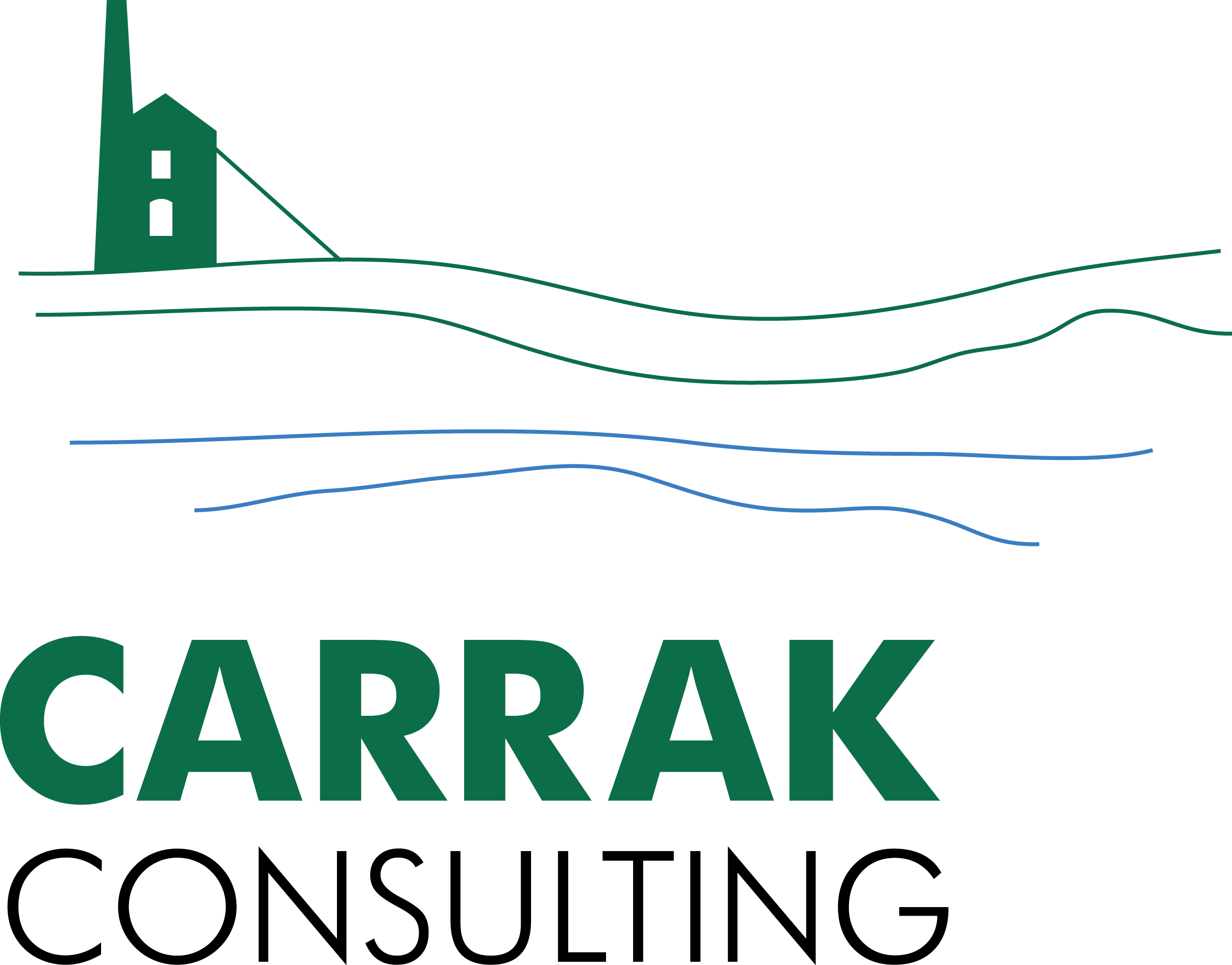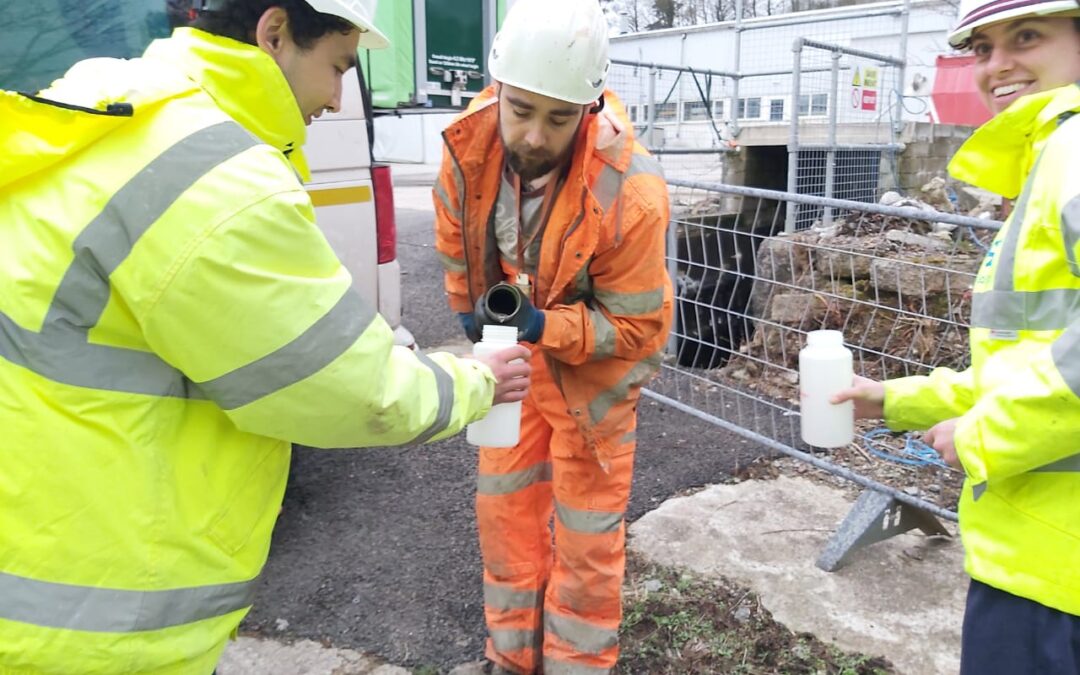Carrak Consulting has secured an Innovation Voucher from Deep Digital Cornwall (DDC) to look at the geochemical properties of water in flooded mine shafts across the region.
Mine water geothermal development has not occurred in Cornwall because further research is needed on the viability of flooded metal mines to provide heating. A key aspect is the geochemical composition of the water and how it varies with depth, temperature, geology and mine. This is relevant to the mechanics of a scheme but is fundamental to whether it can gain an environmental permit to operate.
Environmental permitting is a commercial risk because it can be difficult to gather the data required for an application and time-consuming for consent to be issued. It is not always possible to reinject cooled water to the same location, or same mine, without depleting the geothermal reservoir, so data will be needed on water at potential abstraction and reinjection locations of any scheme. Common components of concern are suspended solids, pH and certain dissolved metals because these may need to be treated prior to reinjection, if the receiving water has different properties.
It is intended that the geochemical data collected for this project will help clarify and de-risk the permitting process and encourage commercial investment in heat recovery schemes around specific mines. Mine shaft water is difficult to access and sample at discrete depths, but this will be enabled by temperature surveys being carried out on flooded shafts by European Geophysical Surveys (EGS). These shafts are being surveyed for the Southwest Geothermal Alliance (SGA) by DDC because they are likely to have promising geothermal resources and are where there is either existing commercial interest or future potential for a heating scheme.
Water samples will be taken near the surface of the shaft water column and at various depths to correspond with known connections with the flooded mine or with temperature ‘kicks’ measured in tandem.
Carrak Consulting will review the variability of the results and compare water quality against relevant compliance thresholds. The company will be well placed to comment on permitting related design options for future mine water geothermal schemes at these sites.

